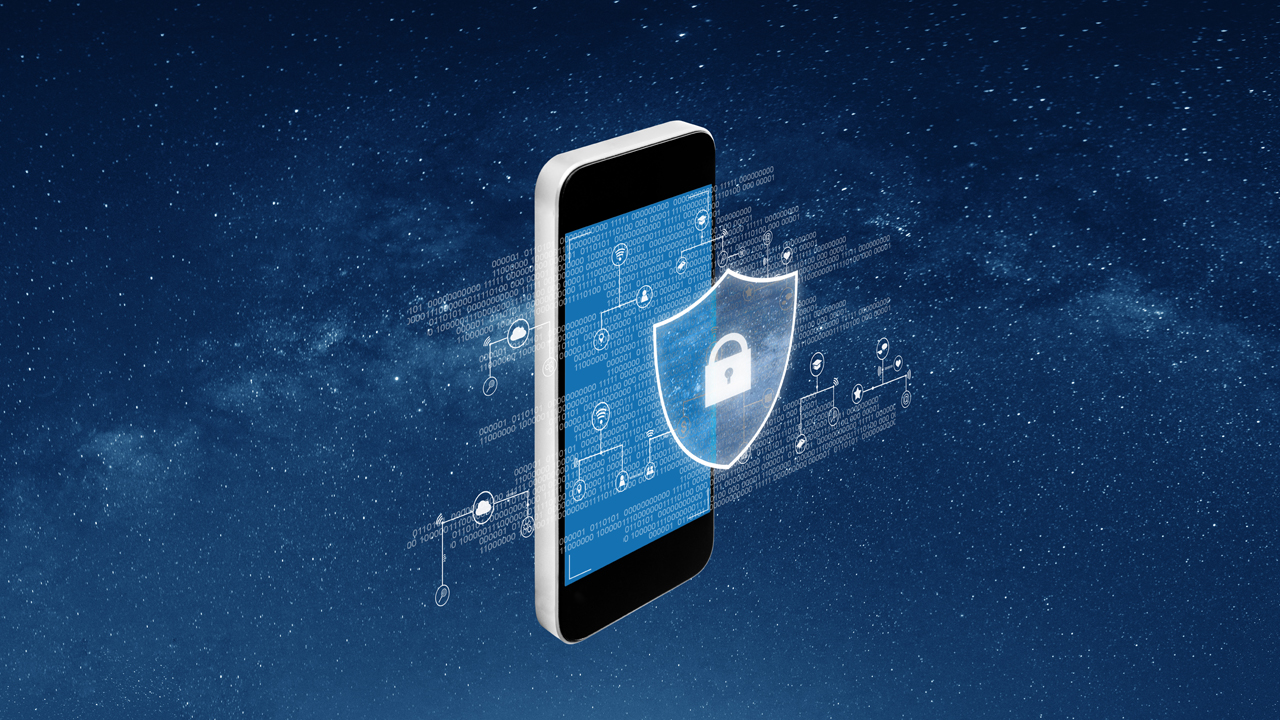Discover 4 ways Verizon is boosting 5G security
New hardware, machine learning, and AI, are all being used by Verizon to ensure security is improved ahead of its nationwide 5G roll-out in the US.

Verizon has revealed four ways in which its network security engineers are improving 5G security, with the team having undertaken a number of successful trials to future-proof its 5G network against threats, whilst improving data confidentiality, and boosting the integrity and availability of Verizon’s 5G network.
Gartner has predicted a huge growth in the adoption of the Internet of Things (IoT), with 25 billion IoT devices expected to be connected by 2021, and this will present all operators providing 5G services with a highly complex threat landscape, significantly different from previous networks.
"Our team is anticipating and planning for future security issues to protect our network and mitigate risks today and in the future."
Srini Kalapala, Verizon.
“As the design and deployment of networks becomes more complicated and the capabilities of networks allow for much more robust systems, securing those networks is the highest priority,” said Srini Kalapala, vice president of network planning for Verizon. “Not only has our network team built our 5G network with industry-leading security, but our team is anticipating and planning for future security issues to protect our network and mitigate risks today and in the future."
Advancing the future of 5G security
While Verizon claims to already have a highly secure 5G network, it is also mindful that security can always be improved, and its engineers are continuing to develop new ways to protect users, using cuh technologies as artificial intelligence (AI) and machine learning (ML), as threats are constantly evolving. To that end, Verizon engineers and partners are working on four key security initiatives:
1. Security Network Accelerators
To improve latency and operational efficiency as network operations become more complex, additional purpose-built hardware supporting security functions such as firewalls, IDS, DDoS, Probes and Packet brokers are deployed throughout the network. This extra hardware introduces additional latency, and opens the door for greater maintenance, as well as additional points of vulnerability.
To solve this, Verizon engineers have virtualized many of these functions, and moved them to the cloud. However, for higher performance security functions, Verizon engineers are working to install programmable network accelerators as a way to mesh together multiple high performance, latency dependent security functions into a single, AI/ML driven Network Accelerator, reducing operational expenses, and increasing the efficiency of delivering these security functions. And Verizon is currently working with the University of California Santa Barbara to develop AI/ML driven firewall and IDS capabilities that are able to be delivered in a whitebox network accelerator.
2. AI/ML Security
AI/ML is a technology that is being broadly adopted in all industries, including 5G, to automate decision making, troubleshooting, forecasting, network management, security, and more. With the acceleration in use of AI/ML throughout networks, Verizon engineers are developing an AI/ML Security Framework which will offer additional protection.
SIGN UP FOR E-MAIL NEWSLETTERS
Get up to speed with 5G, and discover the latest deals, news, and insight!
This AI/ML Security Framework will help verify the providence of information being fed into algorithms, ensuring that models are operating correctly, and will manage the security around where that information goes, and how it is interpreted and used. Verizon engineers are trialing the framework in two AI/ML use cases at present; one to detect security anomalies in the network, and the other to analyze the MIMO antenna performance of 5G towers.
3. Confidentiality and integrity of data at the core
Verizon is currently working with Guardtime and WWT to provide near real-time, non-repudiated evidence of tampering in a machine’s state, while also providing meaningful reductions in time between a machine’s compromise and its detection. If a security breach or incident occurs, it is critical to be able to quickly identify changes in data. But with the amount of data stored in systems today, identifying breaches in data integrity can be a time consuming task.
To deal with the issue of trust, Verizon engineers and vendors are now using cryptographically secure functions to create digital fingerprints of data, which are then stored in a blockchain, so they cannot be modified. These fingerprints are fully secure, unhackable, and accessible anywhere in the world. By comparing fingerprints stored in the blockchain to fingerprints taken during or after a cyber-attack, companies can more quickly and easily determine if the integrity of their data was compromised.
4. Secure Credentialing Management System (SCMS) for Connected Vehicles
Connected vehicles need to monitor what other vehicles are doing, connect to roadside infrastructure, as well as cloud-based services. And SCMS is the fundamental mechanism used to ensure that all of these connections are secure. The SCMS provides digitally signed certificates and activation codes, which are used to validate vehicle safety messages. For the first time in the Connected Vehicle industry, a joint Verizon and LG project was able to validate and secure CV2X Basic Safety Messages (BSMs) using a standards-compliant SCMS, hosted on a Verizon 5G MEC. This test was completed at the Mcity Test Track in Ann Arbor, Michigan, and demonstrated how 5G MEC can be used for public safety and Connected Vehicle security.
“In all aspects of our network, from the core of the network, to the radio access edge, even to the customer device, we have built our network to be secure,” Kalapala explained. “From design, to implementation, to deployment the 5G network, built on the foundation of the best 4G security, is the gold-standard in the industry. We will not compromise when it comes to the security of our network and that of our customers’ data," Kalapala concluded.
- Discover the best 5G networks in the UK and US
- Get your hands on the hottest 5G phones
- Millimeter wave: the secret sauce behind 5G
- The complete guide to 5G security
- We reveal the latest 5G use cases
- Discover the truth behind 5G dangers
- 5G towers: everything you need to know
Dan is a British journalist with 20 years of experience in the design and tech sectors, producing content for the likes of Microsoft, Adobe, Dell and The Sunday Times. In 2012 he helped launch the world's number one design blog, Creative Bloq. Dan is now editor-in-chief at 5Gradar, where he oversees news, insight and reviews, providing an invaluable resource for anyone looking to stay up-to-date with the key issues facing 5G.

